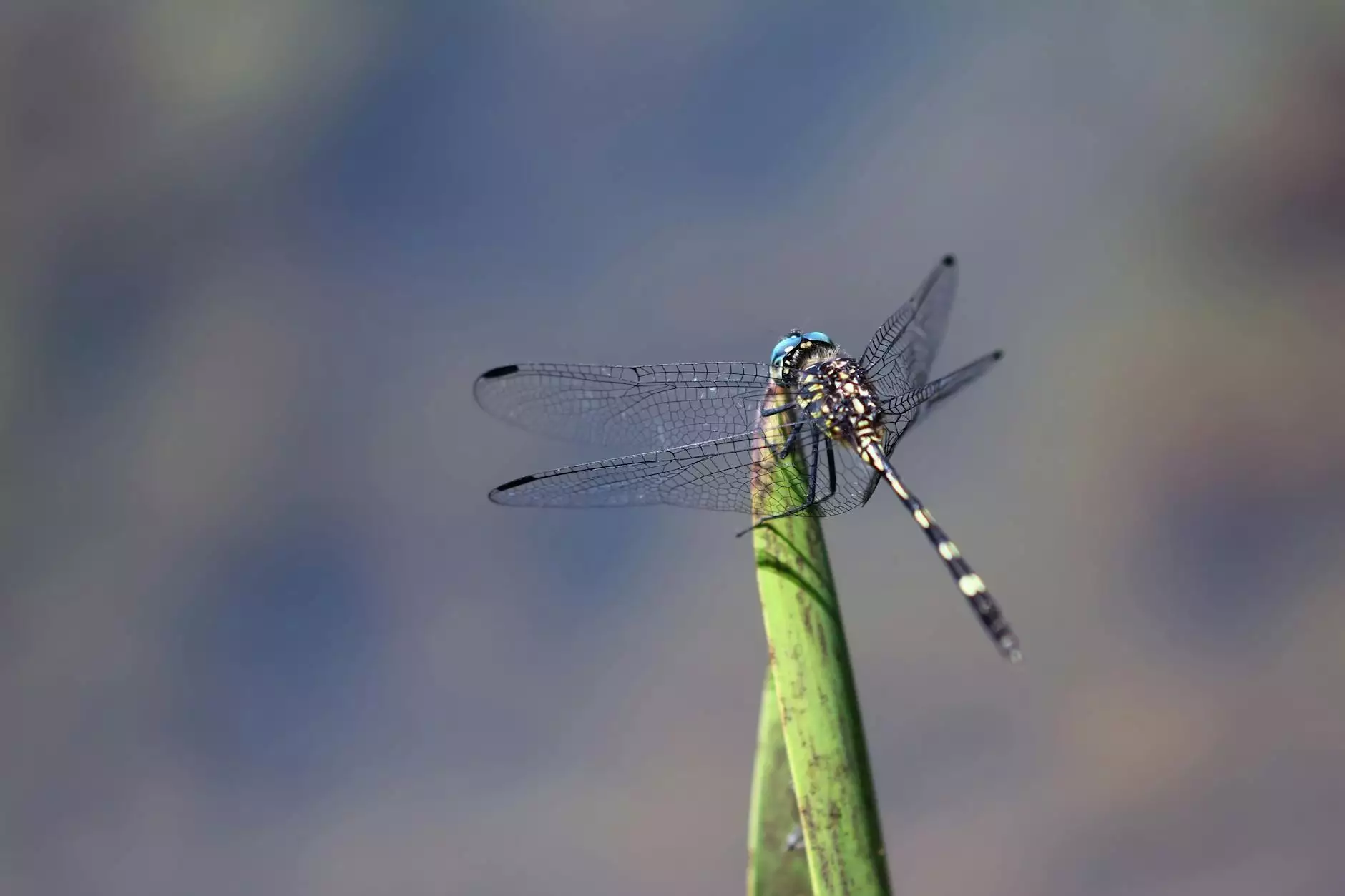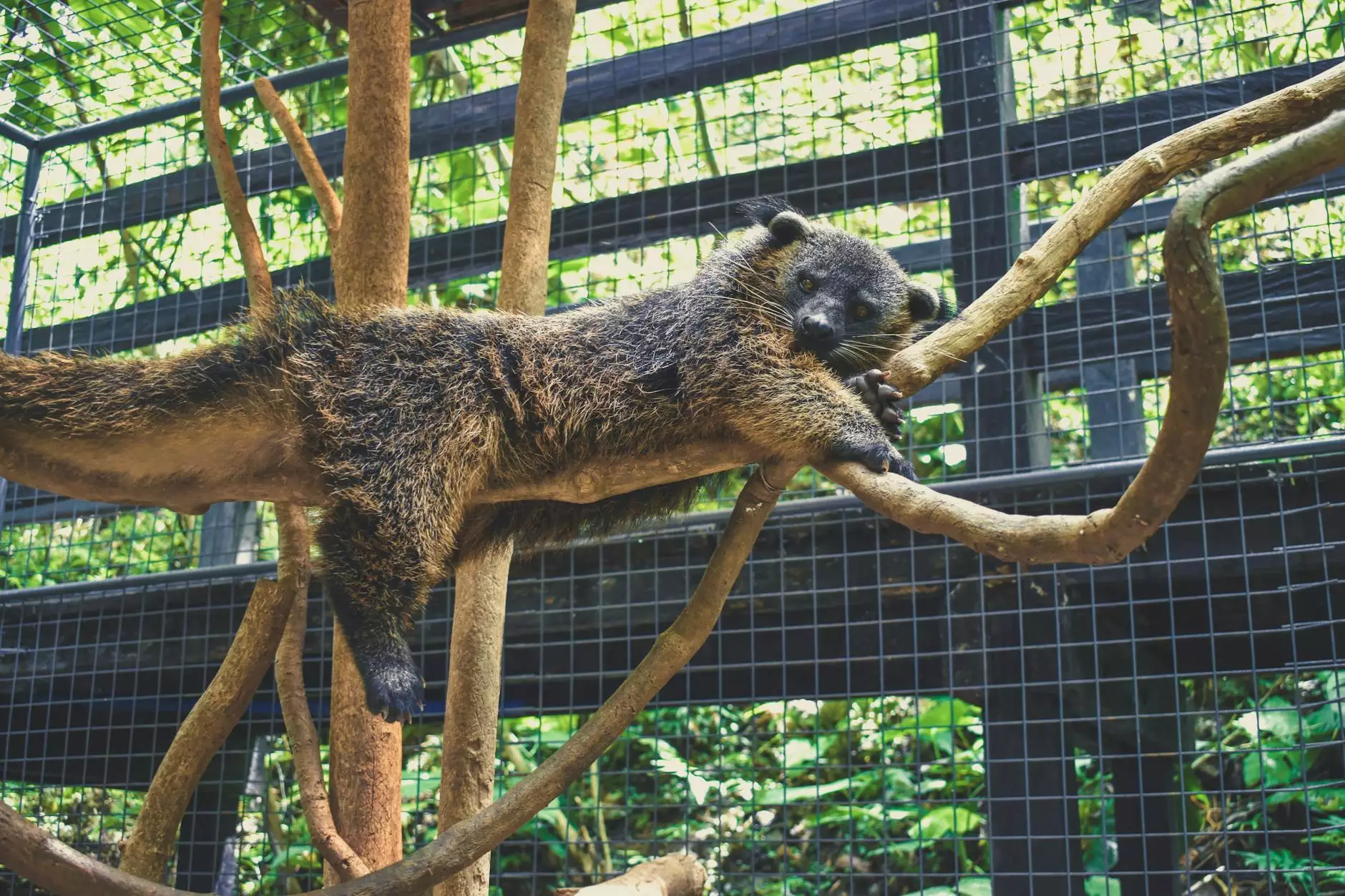The Unique Adaptations of African Painted Dogs

African painted dogs, scientifically known as Lycaon pictus, are fascinating creatures that exhibit a range of adaptations that have enabled them to thrive in their natural habitat. In this comprehensive guide, we delve into the diverse adaptations that make these carnivores such successful hunters and social pack animals.
Diet and Hunting Strategies
African painted dogs are skilled hunters with a success rate that surpasses that of big cats such as lions and leopards. One of their key adaptations is their incredible stamina, allowing them to pursue prey over long distances until the target weakens and can be easily taken down by the pack. Their cooperative hunting behavior is another adaptation that sets them apart. Working as a team, they communicate through vocalizations and body language to coordinate their movements and take down prey much larger than themselves.
Social Structure and Communication
The social structure of African painted dogs is unique among carnivores. They live in cohesive packs led by an alpha male and female, with a strict hierarchy maintained through complex social interactions. This cooperative behavior extends to raising pups, as all pack members participate in caring for the young. Their communication methods include a variety of vocalizations, as well as visual signals like body postures and facial expressions.
Physical Adaptations
African painted dogs have evolved several physical adaptations that aid in their hunting and survival in the wild. Their slender build and long legs give them speed and agility, crucial for chasing down prey. Their mottled coat not only provides camouflage in their natural habitat but also serves as a unique identifier for each individual, facilitating social interactions within the pack.
Environmental Adaptations
Living in the challenging landscapes of Africa, African painted dogs have adapted to cope with various environmental factors. They are highly nomadic, constantly moving in search of prey and water sources. Their large, rounded ears are well-suited for detecting distant sounds, allowing them to communicate over long distances and avoid potential threats effectively.
Conservation Status
Despite their remarkable adaptations, African painted dogs face numerous threats in the wild, including habitat loss, human-wildlife conflict, and infectious diseases. Conservation efforts are crucial to protecting these unique animals and ensuring their survival for future generations to appreciate and study.
Conclusion
In conclusion, African painted dogs are captivating creatures with a range of adaptations that showcase their resilience and intelligence. By understanding and appreciating these adaptations, we gain valuable insights into the intricate balance of nature and the interconnectedness of all living beings.



